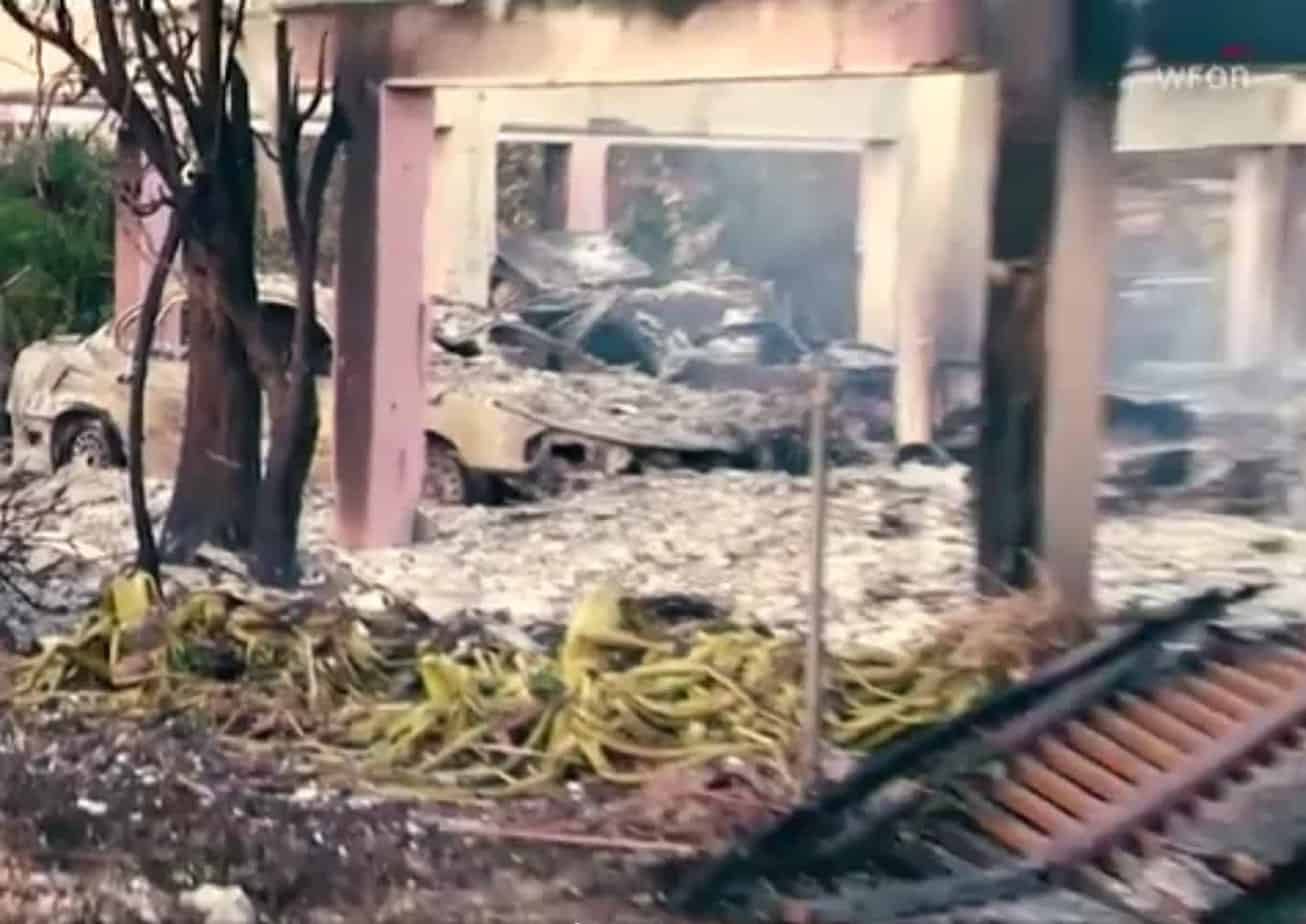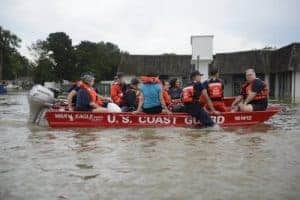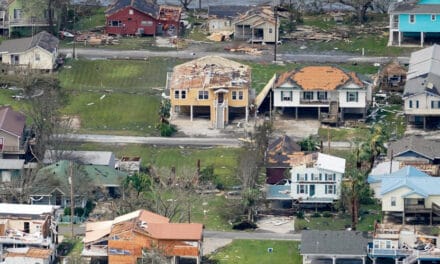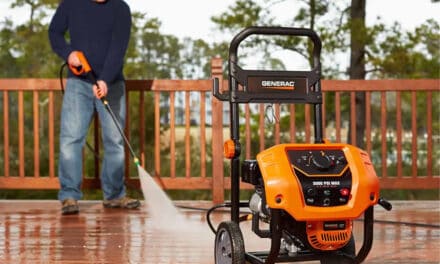Prepare for an Above Average Season with Elevated Risk to Coastal United States

A home and car devastated by Major Hurricane Irma in the Florida Keys after the September 10 landfall.
After the devastating hurricanes of 2017, Gulf Coast, East Coast, and Caribbean residents should understand the importance of preparation. While winter seems to linger on in the Plains, Midwest, Great Lakes, and Northeast, the start of the Atlantic Hurricane Season is less than two months away. Forecasters with the Tropical Meteorology Project at Colorado State University issued their annual spring forecast on April 5. The 2018 Atlantic Hurricane Season begins on June 1 and ends on November 30.
Hurricanes and Tropical Storms can form during any month of the year but are most likely to occur during the June through November season. Peak months for tropical activity include August, September, and October.
In December of 2017, the Tropical Meteorology Project issued probabilities for the factors that will affect this year’s hurricane season. The greatest likelihood out of five possible scenarios stated a 35 percent chance for an above average season with an Accumulated Cyclone Energy of 130 without the formation of an El Niño.
Prepare Now for the 2018 Atlantic Hurricane Season
El Niño Southern Oscillation
Atmospheric and Ocean conditions in the eastern tropical Pacific Ocean directly affect seasonal weather in North America and the likelihood of tropical cyclones in the Atlantic Basin.
The El Niño Southern Oscillation or ENSO is the variation in surface temperature of the eastern tropical Pacific Ocean which affects the climate of the tropics and subtropics, and weather in North America. Typically, the surface of the ocean in this region oscillates between cooler (La Niña) normal, and higher (El Niño) surface water temperatures and directly contributes to the formation of cyclones across the tropics.
During El Niño the surface temperature rises and remains above normal for at least five months with high pressure over the western portion of the tropical Pacific. Lower surface temperatures for at least five months swing the oscillation to a La Niña with low pressure over the western Pacific.
The 2017 La Niña contributed to the very active hurricane season and the lingering cold weather and storms over the north-central and eastern United States this winter.
The La Niña currently shows signs of weakening which would indicate less activity than last year, but still an above average season.
2017—16 Weather Disasters Cost US Billions of Dollars
Tropical Meteorology Project 2018 Hurricane Season Forecast
Colorado State University’s Tropical Meteorology Project has provided annual forecasts and discussions on the Atlantic Hurricane Season for more than 35 years.
Coastal residents are reminded that it only takes one hurricane making landfall to make it an active season for them, and they need to prepare the same for every season, regardless of how much activity is predicted.
The Atlantic Basin should experience an above average season of 14 named storms with seven hurricanes including three major hurricanes (category 3, 4, or 5). The chance of a major hurricane making landfall along either the Gulf Coast or East Coast stands at 63 percent, well above the annual average of 52 percent. Caribbean residents also expect an above average chance of 52 percent (annual average is 42 percent) for a major hurricane.
The Tropical Meteorology Project will issue its next forecast on May 31, 2018, ahead of the June 1 start of the hurricane season, and bi-weekly forecasts during the peak months of August, September, and October.
The Tropical Meteorology Department points out that their forecast is a statistical representation of what could happen during the upcoming hurricane season and not an exact prediction. No one can predict with any great certainly what will take place two to eight months in the future.
Stay Safe During Power Outages
Five Steps to Prepare for Hurricane Season
- Know Your Risks
News reports often focus on extreme winds. Dramatic video of forecasters bent over in 150 MPH wind as they try to tell you what it feels like keep watchers tuned in. Wind is just one risk, however. Storm Surge, Flooding, Tornadoes, Power Outages, and Emergency Service Interruptions all pose threats to residents who don’t evacuate. Take steps to learn what risks your family faces before hurricane season arrives. - Make Plans
All too often, residents in the path of a hurricane are unprepared and either leave without everything they need, or they end up staying when they should have evacuated. Know your evacuation route. Bookmark websites with official local information. Prepare your home to mitigate damage before it happens. Make a plan that includes your pets and where you will go if a hurricane puts your home and family at risk. - Preparation
Planning and Preparedness starts by assembling a disaster preparedness kit that you can easily take along if you evacuate. You’ll need shelter in place supplies like food and water, first aid, personal items and medications, an emergency supply of power, and a way to distract children from the ongoing disaster outside. Don’t forget to talk to your insurance agent about what you plan covers and what it does not. Flooding and storm surge take more lives and cause more damage than wind. National Flood Insurance covers damage by flooding, but only when purchased well in advance. - Home and Family
Discuss your disaster plans with your family. Include telling others where you plan to go in the event of an evacuation. Communications become difficult during a disaster—inform family and friends ahead of time. Did you know that protecting windows and doors is key to ensuring your roof stays in place? Prepare Home and Family by making your disaster plans now. - Complete Your Plan
Your Completed Disaster Preparation Plan includes knowing what to do in the event of a hurricane watch and a hurricane warning. Once authorities issue a warning, you have just hours to prepare and if necessary, evacuate. The last 18 hours before the hurricane arrives are critical to your family’s survival.


















